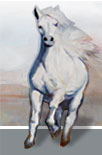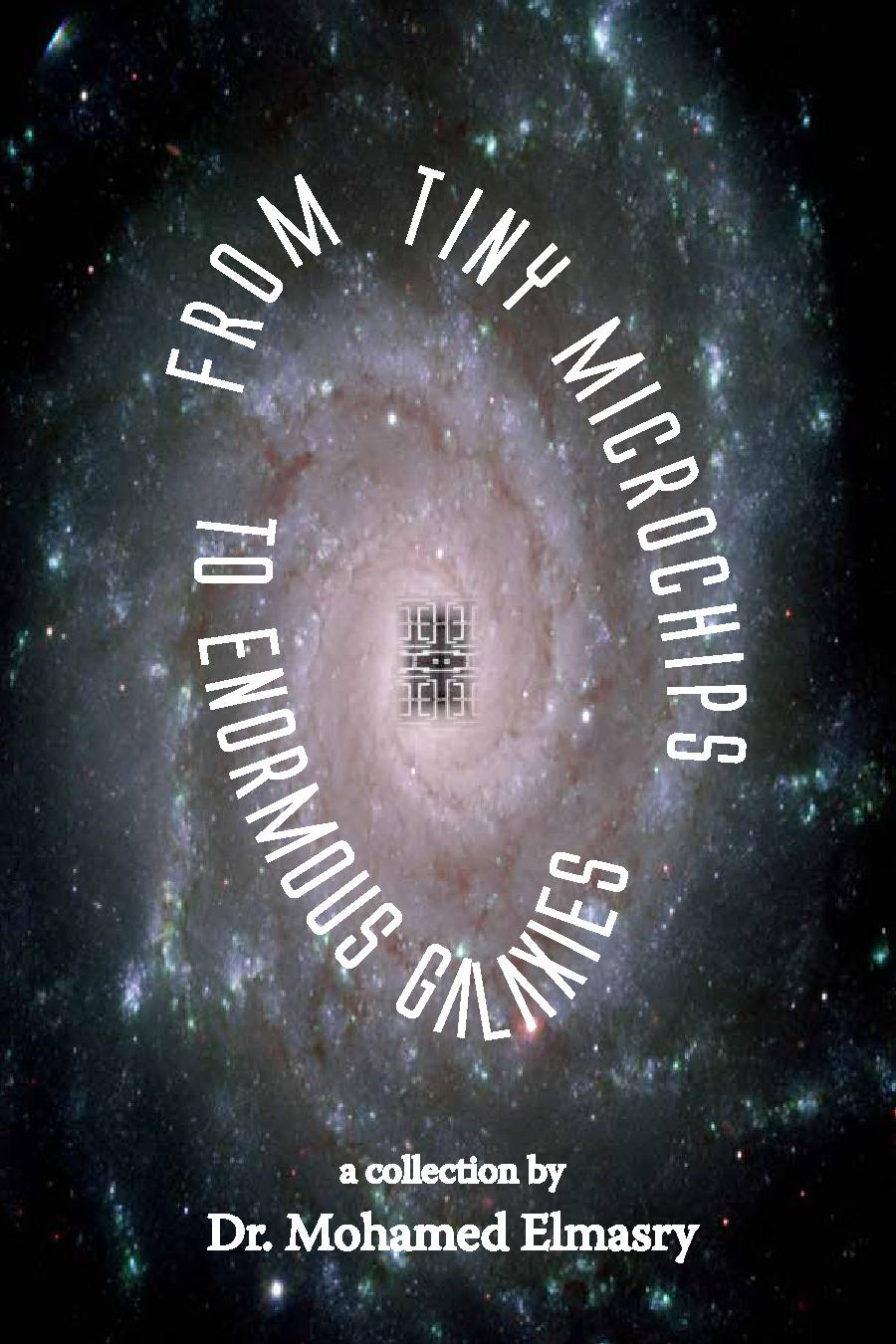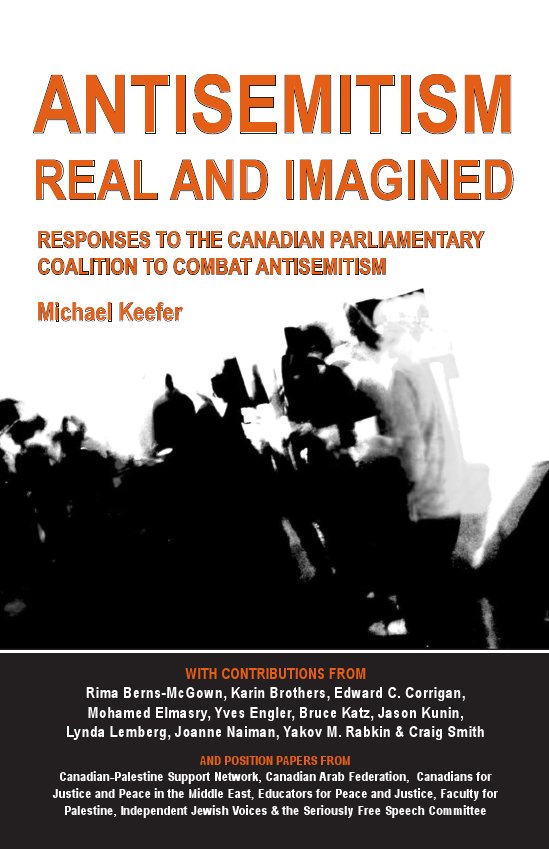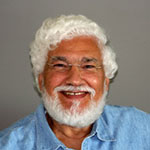September 8, 2013
From Yugoslavia with love, Part 1/4
I came to know Yugoslavia three times in a span of 60 years; one in the 1950s, another in the 1990s and one last week.
The first time was during the 1950s when I was a teenager growing up in Cairo. At that time, Yugoslavia’s revolutionary and statesman Marshal Josip Broz "Tito" had made frequent visits to Cairo and his Egyptian counterpart had visited Yugoslavia.
I was impressed by Tito’s idea of establishing a Non-Aligned Movement among newly independent third world countries as it would form a new world block working for peace and justice, balancing the two main imperialist powers of the day; the US and the USSR, each with its satellite countries and also filling the power vacuum left behind by the dying European empires, mainly the British and the French.
Tito co-founded the movement with Egypt's national hero Gamal Abdel Nasser, India's independence hero Jawaharlal Nehru, along with two post-independence first presidents; Sukarno of Indonesia and Kwame Nkrumah of Ghana.
Fifty years ago, on September 1, 1961, Tito became formally the first Secretary General of the movement.
The second time I came to know Yugoslavia was in the 1990s during its break-up wars. During that time I was fundraising for Bosnian refugees settling in Canada. I used to give speeches joining Canadians calling for: Stop Siege of Sarajevo, Against Greater Serbia, and Against Ethnic Cleansing.
The wars cost some 200,000 lives mainly Muslims, two million people were driven from their homes and more than 1400 mosques, 150 Catholic churches and a score of Orthodox ones were destroyed.
At that time I read with great interest about the history, culture and politics of the Balkans including the writings of Bosnian president Alija Izetbegović before, during and after the conflict.
The world still remembers the Srebrenica massacre of July 1995 when more than 8,000 Bosnian Muslim men were rounded and killed in cold blood by the Serbian forces. Two years earlier, the UN declared the besieged enclave of Srebrenica, some 100 Km north-east of Sarajevo, a “safe area” under the protection of the UN Protection Force but the 400-strong contingent of the Dutch force could not prevent the massacre.
Izetbegović wrote in his Inescapable Questions, Autobiographical Notes, “On the second anniversary of the Srebrenica tragedy, on July 11, 1997 I sent a message to the women of Srebrenica: After this four-year war of destruction Bosnia is full of wounds that need healing. Srebrenica is just the largest and deepest of them.”
He died on October 19, 2003.
In his excellent book, Sarajevo: Exodus of a City, Dr. Dzwvad Karahasan in a sad tone describes the siege of his city by the Serbian forces and how its people used to function in inhuman conditions.
Karahasan for many years was the editor of the Sarajevo cultural magazine Odjek, but when the Bosnian war started in 1992 he was hired as a professor and later as the Dean of Sarajevo’s Academy of Performing Arts.
Dr. Karahasan writes that during the siege “I was helping my wife who was the Chair of the humanitarian organization Our Children to collect and sort used cloths from the citizens of Sarajevo. A man walked in looking for something warm for his four year son as we were in December. “I need something desperately for him but not from UNICEF,” he said. I understood him; UNICEF were bringing from Belgrade truckloads of children cloths made in Serbian factories.”
And the third time I got to know (ex) Yugoslavia was last week while touring Bosnia-Herzegovina, Croatia and Slovenia with a fine group of travelers, mainly Americans and Australians. Our tour director Elvis (his real first name) was knowledgeable, helpful and had a great sense of humour.
We started our tour by visiting Sarajevo, the capital of Bosnia-Herzegovina traveling clock wise ending in Zagreb, the capital of Croatia and visiting several cities in between including Ljubljana, the capital of Slovenia.
Being an Egyptian I feel close to the people of the Balkans for two main reasons; many of them live on or close to the Adriatic Sea, a branch of the Mediterranean shared by Egypt’s Alexandria.
The second reason is that as a people they are cheerful and friendly as much as any person from the East. After all, until World War I, the Near East has included Turkey, Greece and Bulgaria and a large part of Yugoslavia.
The Islamic culture is also common here as in the bright Eastern patterns woven into long national skirts, head scarves, Arabic names and calligraphy, Islamic architecture and Turkish music, singing, dancing, and also in copper water jugs and the whitewashed villages of inner Bosnia.
The hammams, public baths, fulfilled the Islamic ritual of frequent washings and bathing. In Bosnia there were 50 at a time when Europeans did not view bathing as a necessity.
What about the food?
Common here are shish kebabs, skewered grilled meats, pilaf, dolmas (sometimes called sarmas) and the best baklava you can find. And one of my favorite is Hajji's Kebab; veal with mushroom and other vegetables. For Bosnian fast food, I strongly recommend Cevapi, a beef kebab with cheese and chopped onion all in pita bread and add a drink of liquid yogurt all for less than $7.
The Serbo-Croatian language has many Turkish/Arabic words; merhaba is the Arabic marhaba, hello, shogam for "good-bye" is salaam, Arabic for "peace" and Aferim is the equivalent of Ok, as it is used in Turkey and some Arab countries. Bosnian love songs are called sevdalinke, from the Turkish word sev for love.
Islam is also here in names of people; for example Omar and Mustafa for men and Najla and Lilia for women.
Place names suggest an Islamic heritage too; Sarajevo, is derived from Turkish saray ovası, meaning the field around saray, palace, Mostar, from the Turkish Stari Most or old bridge, the name of a town Tekiya means "sanctuary" in Turkish and Hisar, which means "fortification" in Arabic, is “built on a hill.”
Even in the beautiful coastal Croatian city of Dubrovnik, known as Ragusa in the middle Ages: in the Gothic chapel of its Franciscan monastery, which is a superb triumph of medieval Christian architecture, the rug beneath the altar is unmistakably Islamic.
In Dubrovnik, one of Europe’s top tourist destinations, the old walled city offers a plenty of history through a walking tour of its Rector’s Palace, Bell Tower Clock, the Dominican and Franciscan Monastery with its pharmacy, one of the oldest in the world. And you can enjoy a fish lunch overlooking the Adriatic.








